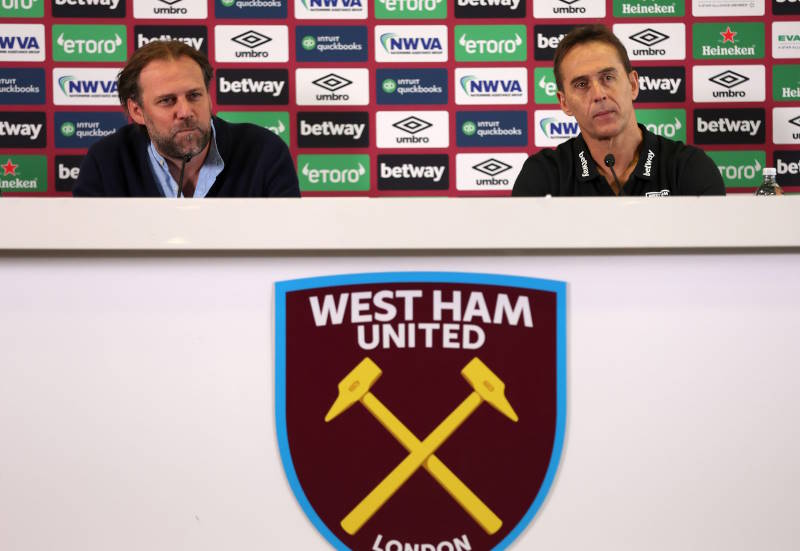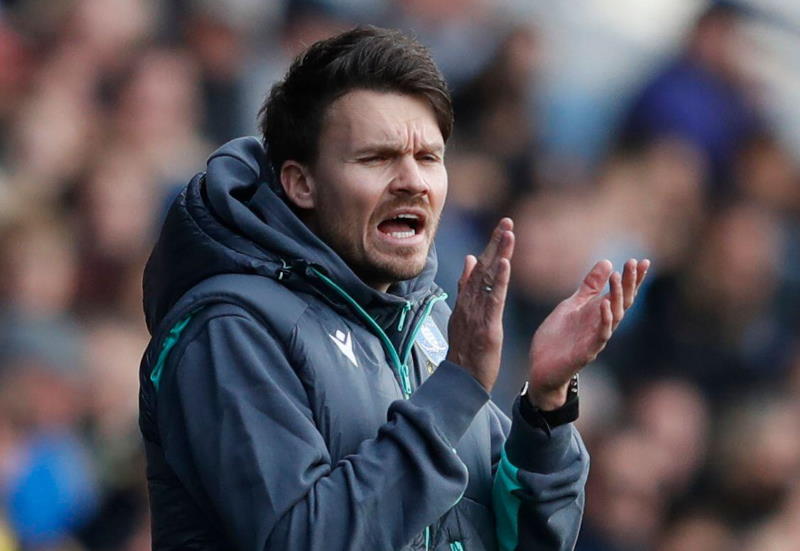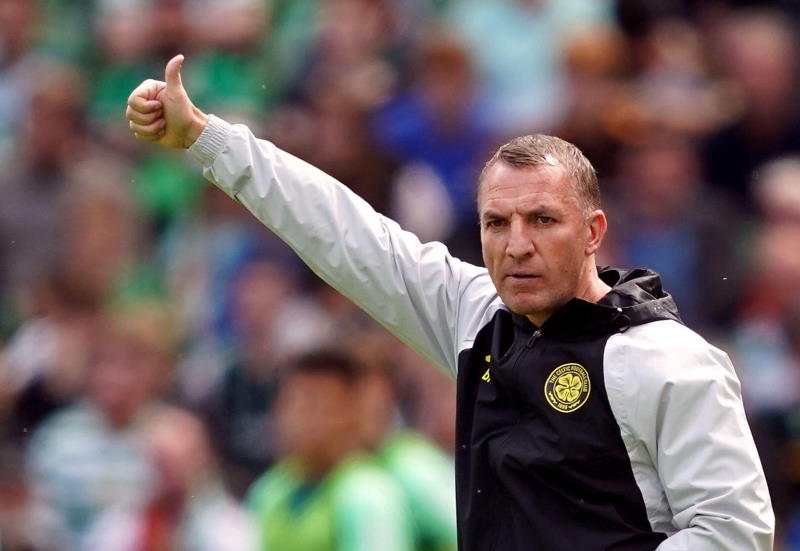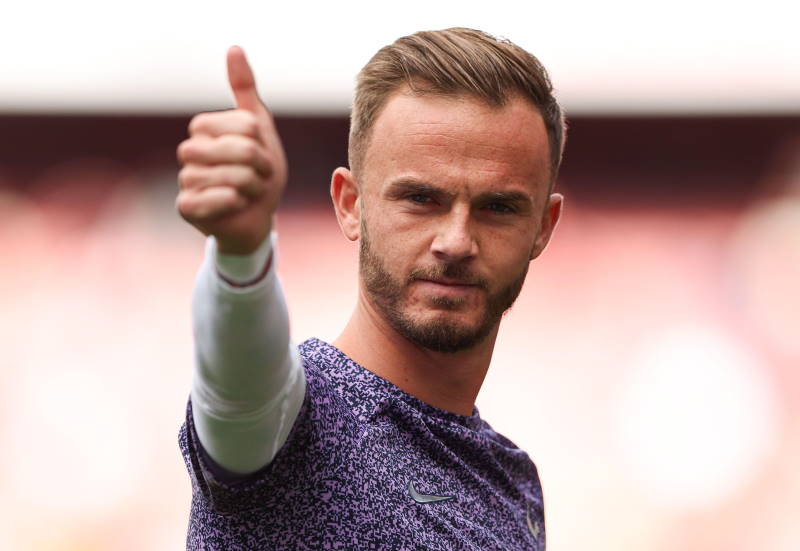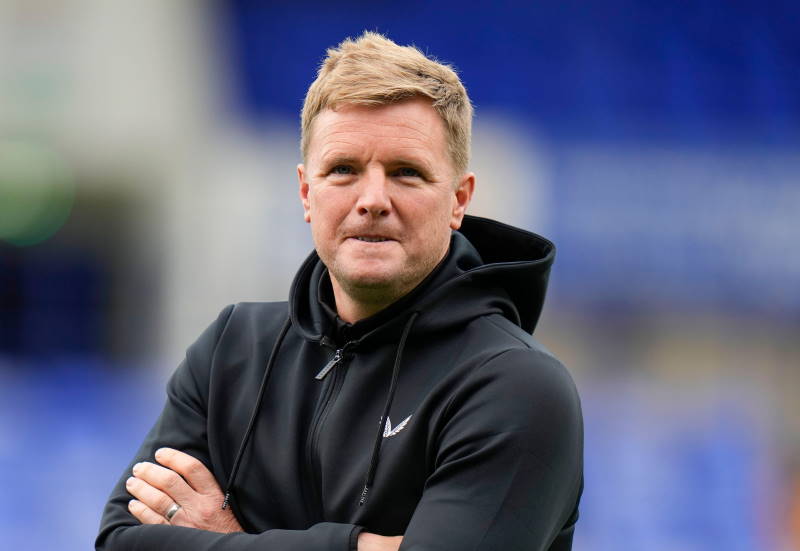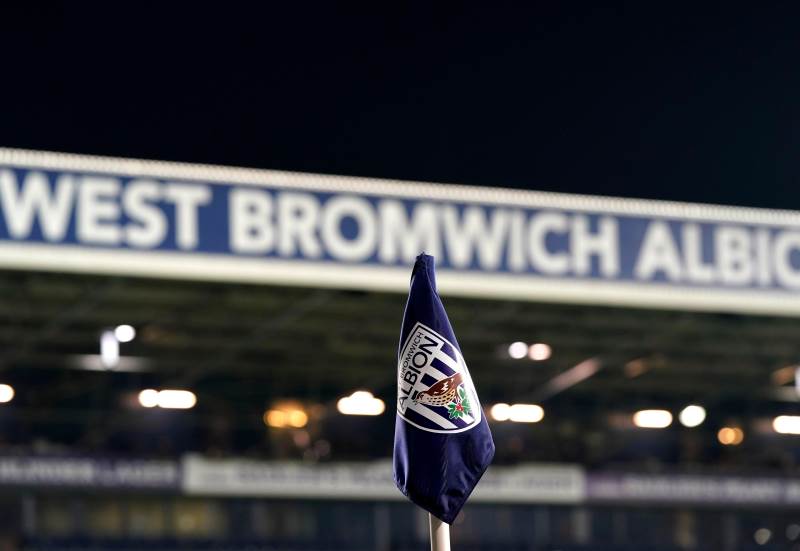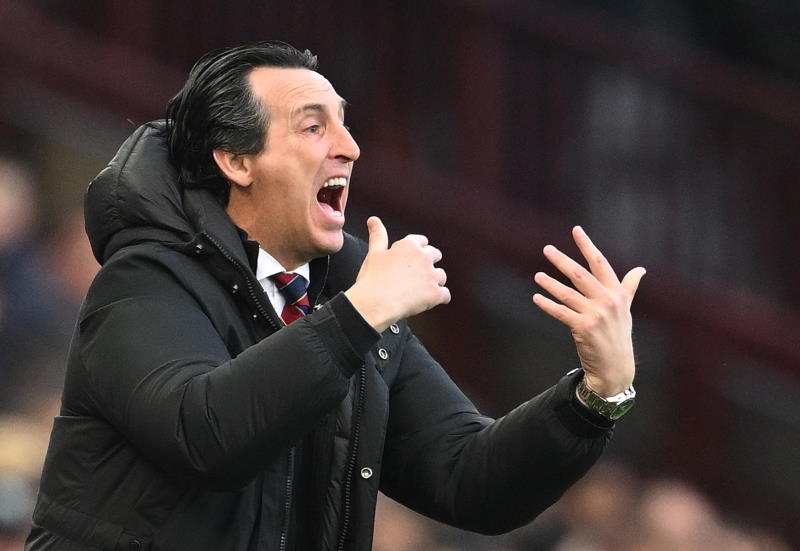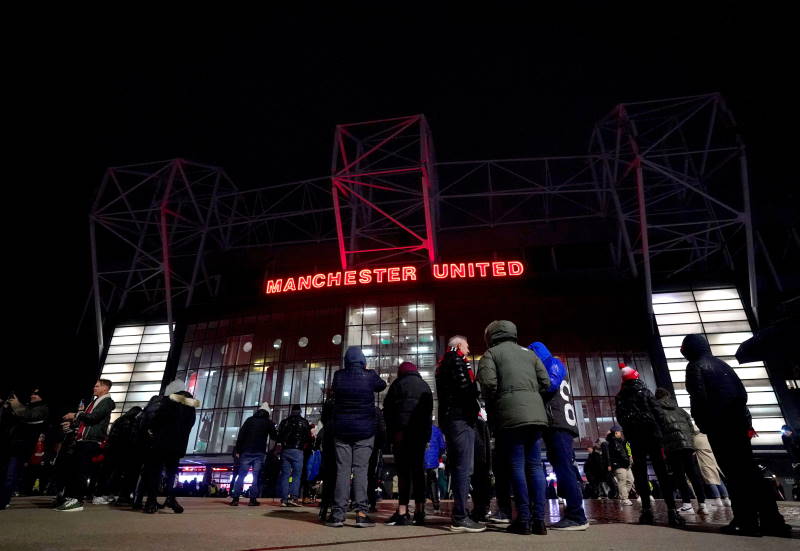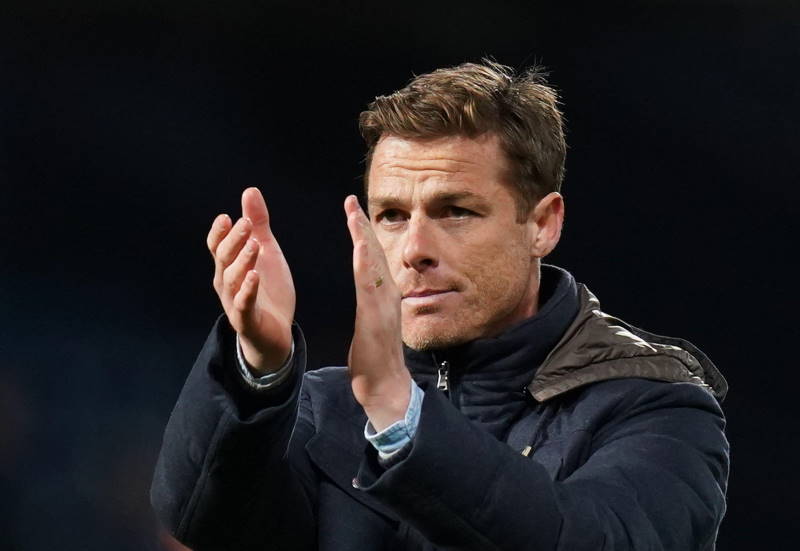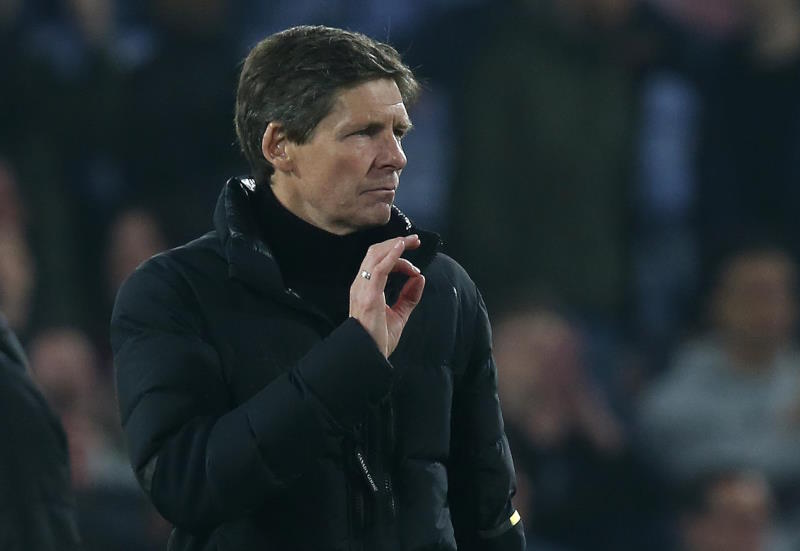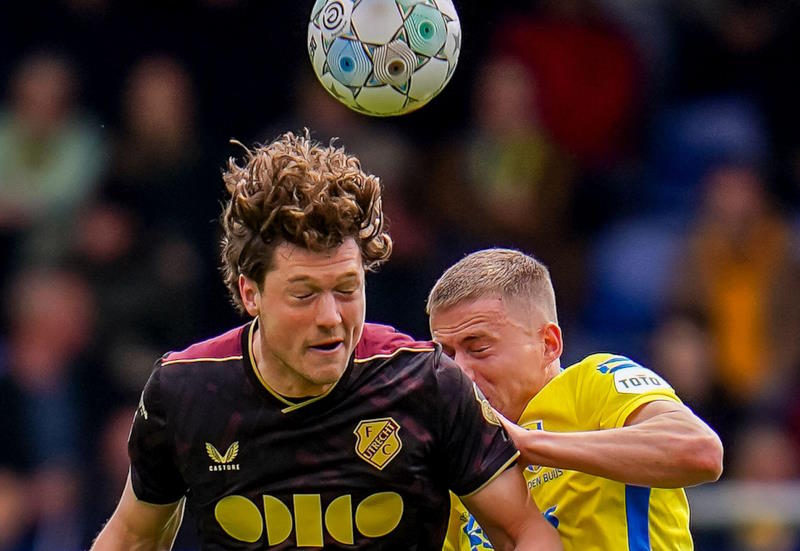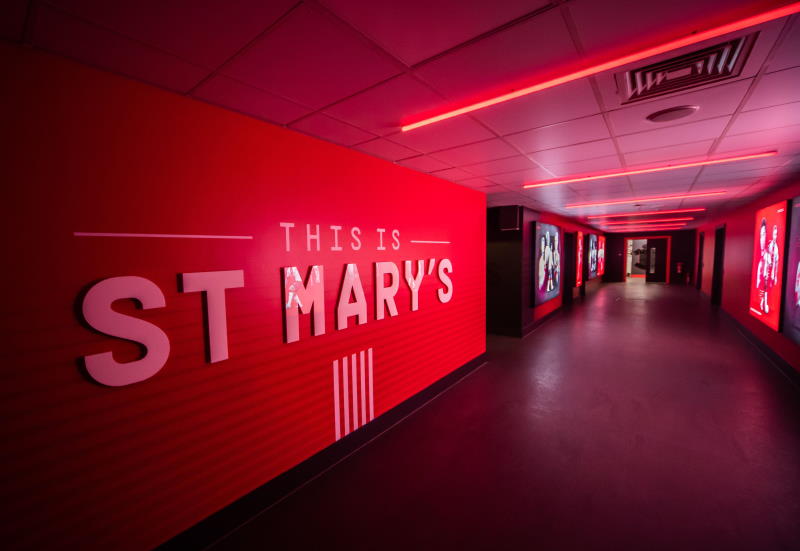
Going into the 2010 FIFA World Cup in South Africa the Australian national team won’t just be carrying the hopes of a nation. They’ll be flag bearers for an unprecedented group of players whose talent, skills and success have redefined Australian expectations of what their country can achieve on the footballing stage.
There’s little need for extra motivation when the biggest prize of all is on offer, but if any were needed it is surely the knowledge that this is the last chance for many of these players, whose age dictates they will not be playing in the 2014 edition of this competition. Despite making it to the second round in 2006, Australia have still only managed one win in this tournament which is surely not good enough for such fierce competitors.
Mark Schwarzer was unapologetic about the fact that the starting eleven come game day one will be all but identical to that which started in Germany four years ago. “Yes, we are four years older, but with that comes experience as well” Schwarzer said. “Guys potentially are even in better form and better shape in their career than they ever were.” Four years older is not necessarily an issue, but it pushes the average age right up. Back then they averaged a little less than 28 years of age, the prime of their careers.
This same group, with Mark Viduka out and Tim Cahill in, now averages just less than 32 years old, whilst nine of this putative starting eleven are over 30. It’s a stretch to suggest they’re past it, but this group of players will not be competitive much longer.
The players most obviously heading in to their last World Cup are Mark Schwarzer, Craig Moore, Scott Chipperfield and realistically Lucas Neill. These stars have been the bedrock of the Australian defence for the better part of a decade and have provided the platform that has allowed Australia to achieve what they have. It was after all an admirable clean sheet in Sydney in November 2005 that saw Australia qualify at Uruguay’s expense, Schwarzer saving two penalties to finally see them through.
With almost 250 caps between them this will be a huge loss with no obvious candidates yet stepping up to fill their shoes. 21-year-old Rhys Williams of Middlesbrough will know that there is a big future for him at the heart of the national team if he can consolidate his stake for a place over the next year. Moore has already declared his retirement for after this tournament.
Michael Cokerill of the Sydney Morning Herald surmises that “with an ageing back line short of genuine pace, Australia will sit deep and hit teams on the counter.” He may be right, but problems dealing with crosses are apparent. One defender will need to get first to the ball. If this isn’t happening defenders with greater mobility will be eased in sooner rather than later because the tactic can’t work unless Australia can clear their lines quickly.
Harry Kewell is a different kettle of fish entirely. At 31 there’s no reason why he couldn’t play an important role in four years time, after all, his days as a rampaging winger are long gone in favour of an auxiliary striker role, or even leading the line as he has done for Galatasaray.
There’s never been an Australian player of such quality as Kewell, even if Viduka runs him close, but it’s almost impossible to think he’ll still be playing for Australia in four years, if only because it’s barely possible to imagine him playing at all. With a string of injuries stretching back the last five years, he’s been a bit part player and won’t even be training when he arrives in South Africa. Such is his value he’ll be given to the last moment, but there can be no doubt that this is Kewell’s very last chance to shine on such a stage.
The case is a little different for the midfield pairing of Vince Grella and Mark Bresciano whose positions are under threat from some emerging talents. No longer assured of their positions, it’s still up to the younger generation to establish their primacy.
Against New Zealand in a recent friendly, Bresciano looked a shadow of the player he once was. Only just back from injury, the 30-year-old lacked drive and looked rusty, giving way to Jason Culina on the right in the second half. Grella meanwhile has hinted at ‘an extended sabbatical’ from international games. Australia may have won against the All Whites but it was anything but convincing and coach Pim Verbeek won’t allow too many performances like that before he wields his axe.
This old guard are certainly assured of making the cut for the final 23 should they remain fit, but beyond that it’s hard to see them going the distance to Brazil in 2014. Cahill’s sheer athleticism should see him remain, along with the relatively spry Culina and Luke Wilkshire, but new faces will no doubt occupy all the other spots in the team. Each of the veterans must know this, and must too know that they have the chance to set a marker for future generations to meet.
And yet there is a potential trap too. “[Verbeek] will look at some players cold-bloodedly,” said a source recently, ”he is only interested in who is best placed to do the job.” The performances on show in the warm up matches against Denmark, and then the USA, could yet see this team pulled apart. The golden generation can’t bank on being allowed to prove their worth.

